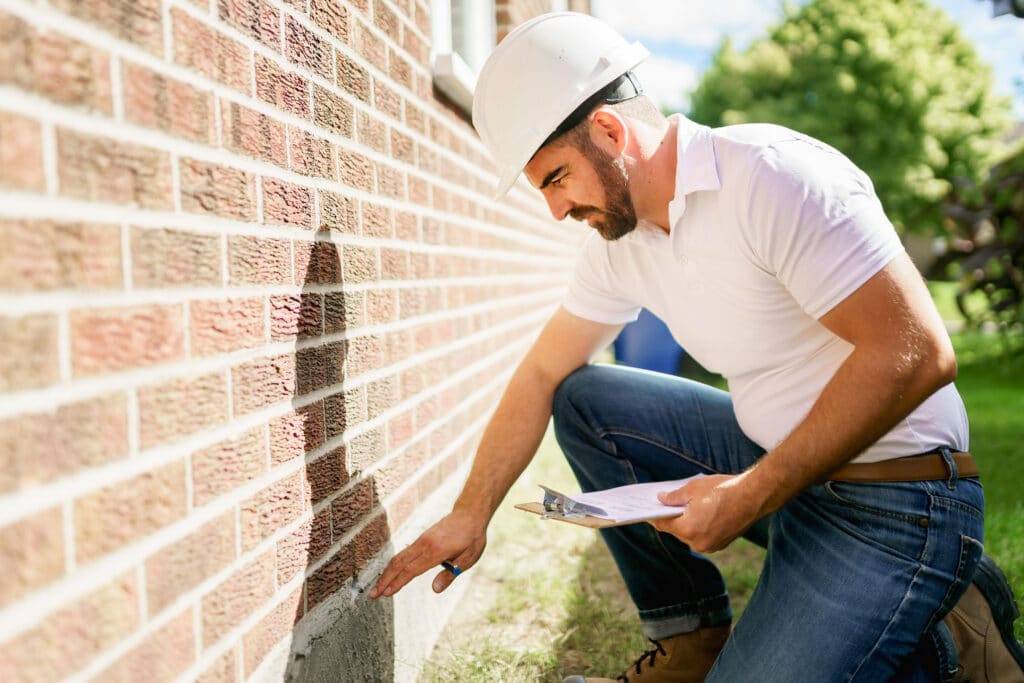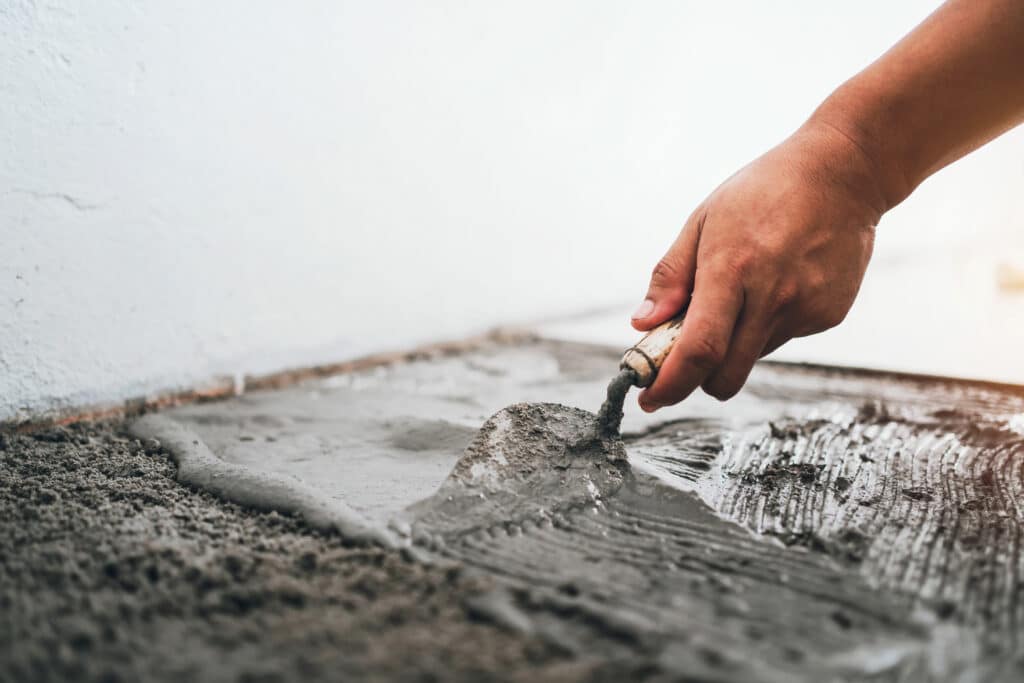Common Causes of Foundation Problems in Tacoma
A few typical reasons why Tacoma homeowners deal with foundation troubles include:
- Aging plumbing: The average Tacoma home construction year is 1974. If you live in an older home, it's likely to have cast-iron plumbing. When the pipes start eroding, leakage could reach your foundation and even pool beneath it.
- Soil composition: Soil with large sand or clay concentrations is highly expansive. In the heavy rainfall Tacoma receives, the soil soaks up moisture like a sponge, then releases it in dry seasons. The constant expansion and contraction stresses nearby foundations, even if the foundations keep dry.
- Standing water: Water accumulation around your home can be menacing to your foundation's integrity, especially when it gathers in areas your gutters don't reach.
- Tree Roots: Tree roots can intrude into a home's foundation through crevices, and may apply force that results in your foundation fracturing, pipes rupturing, and overall structural weakening.
How to Choose the Best Foundation Repair Company
Choosing a foundation provider doesn't have to be challenging. We encourage you to write down what you expect most in a provider, then evaluate each contractor on your selection against these attributes.
Licensing and Experience
Washington foundation repair companies can be either general or specialty contractors. Look for companies with a concrete certification, showing that they follow best practices in the foundation field. To further understand your contractor's experience, we recommend asking questions about how its team will draft plans and pull permits, what local codes apply to your project, and how the company inspects foundations.
Contractor websites are among the best places to do your research. Usually, a business will disclose how long it's been in the industry. It might also upload articles to help prospective customers.
Customer Reviews
We advise checking the company's Better Business Bureau (BBB) profile to see whether it's accredited and has a high customer review score. You can check whether other homeowners have expressed satisfaction or filed complaints. Pay special attention to what customers say about company warranties. Complaints don't mean a contractor is unreliable. BBB reviews show how the company addressed complaints. It's a good sign if the company has resolved issues proactively and appropriately. You should steer clear of a company with many negative reviews, no licensure, and no communication regarding issues.
Foundation Repair Cost in Tacoma
The cost of foundation repair can differ significantly based on the extent of the problems and what needs to be done to fix them. For minor foundation fissuring and settling concerns, you may pay as little as $1,800. However, if there is significant destruction, the normal cost will be around $2,900. More complex jobs involving digging, helical piers, or extensive concrete leveling could run you $6,800. Below are the average foundation repair costs for common issues.
| Common Foundation Repair Services | Average Cost |
|---|---|
| Crack Repair | $340 |
| Leak Repair | $2,720 |
| Stabilization | $4,700 |
| Underpinning | $1,305 |
| Waterproofing | $3,002 |
Ready to Get a Quote on Your Foundation Repair Project?
Please enter a valid 5-digit zip code!
Frequently Asked Questions About Foundation Repair in Tacoma
What will I pay to repair my foundation in Tacoma?
What are the different types of foundations in Tacoma?
Will my homeowners insurance cover foundation repair?
Do I need to leave my home for foundation repair work?
That said, foundation repair crews use industrial machinery, and you'll occasionally experience loud noises or tremors. If either of these will disturb you, you might prefer to leave and return when the crew is finished.
To share feedback or ask a question about this article, send a note to our Reviews Team at reviewsteam@thisoldhousereviews.com.
More Foundation Resources
National Foundation Repair Ranking Methodology
Sources
U.S. Census Bureau (American Communities Survey)
















